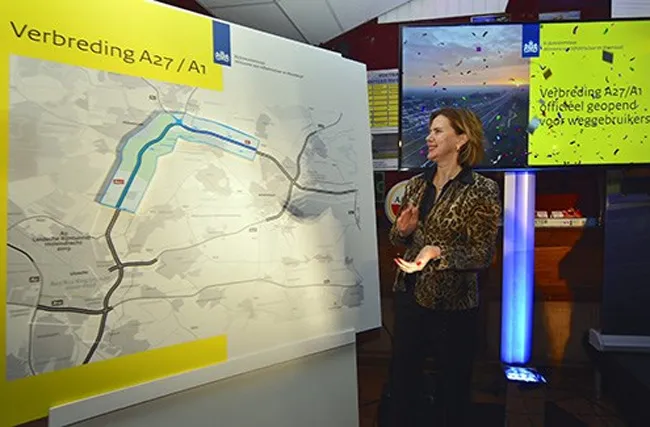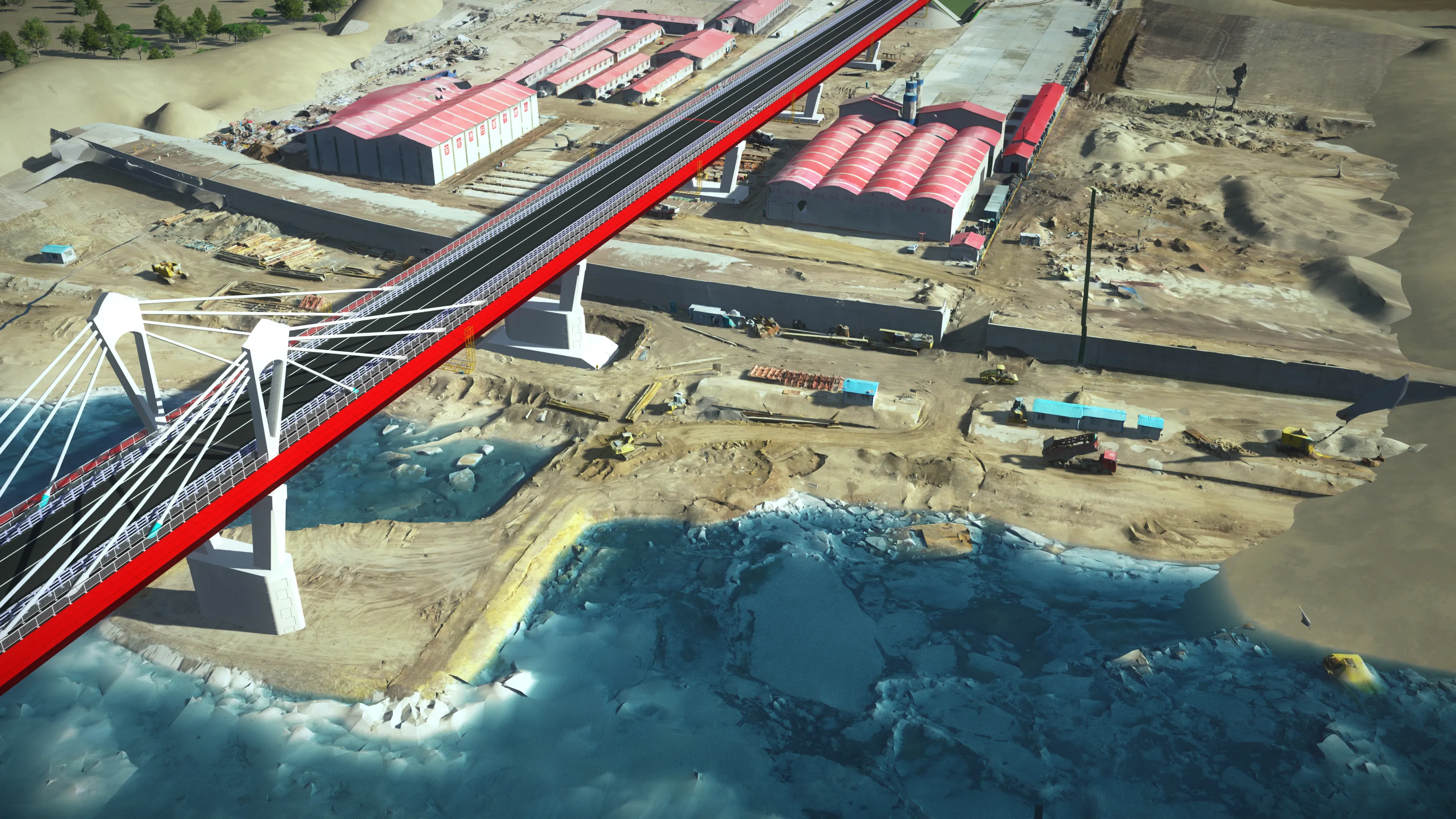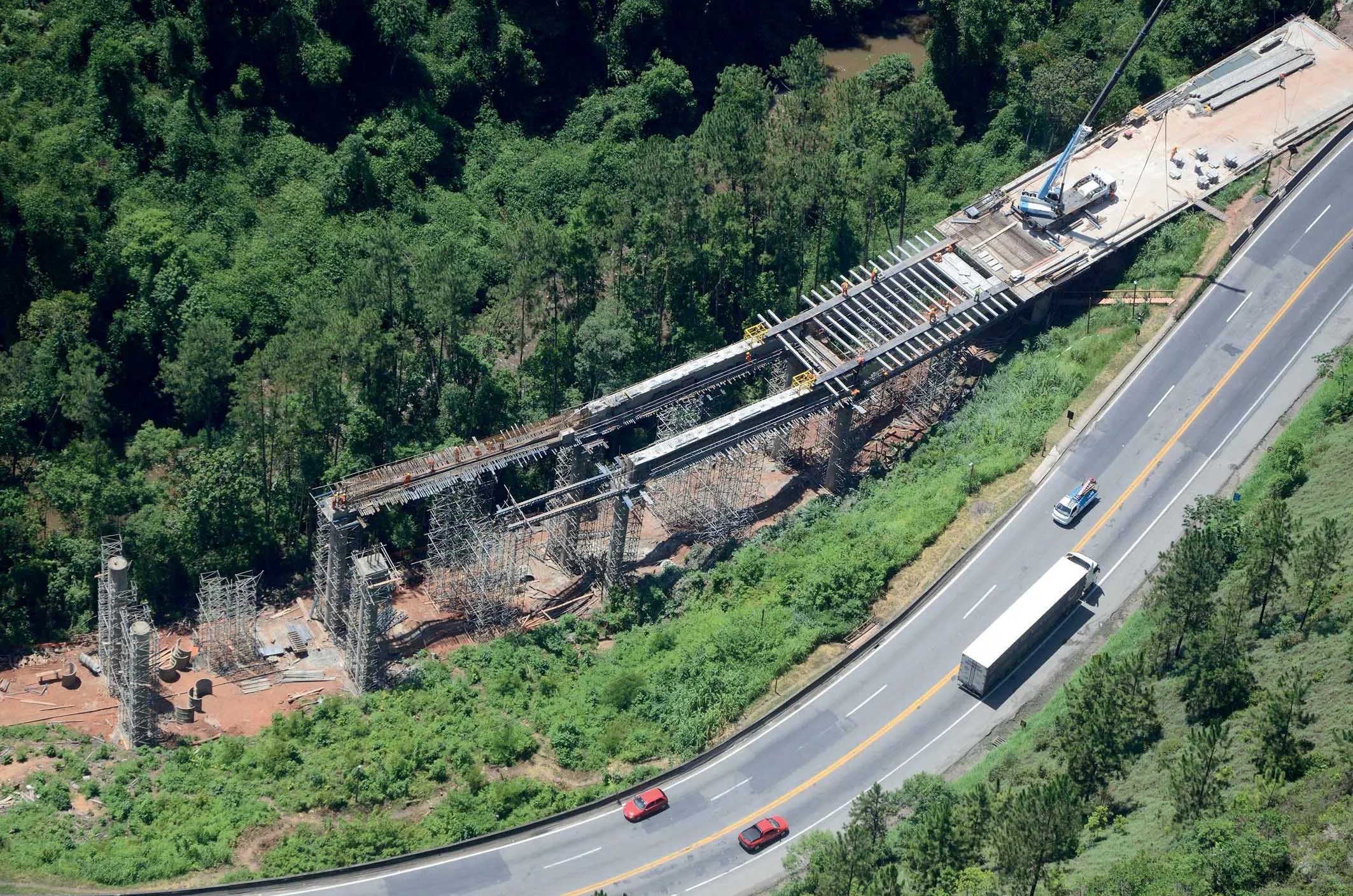
The widened and upgraded A27/A1 highway stretches in the Netherlands have been officially opened to traffic. The upgraded highways connect Utrecht North and the Eemnes Junction, as well as the A1 highway between the Eemnes Junction and the Bunschoten-Spakenburg connection. The project was delivered two months ahead of schedule.
“Fluor and the integrated construction team are pleased to have met all key milestones allowing us to deliver this significant upgrade project ahead of schedule,” said Terence Easton, president of Fluor’s Infrastructure business. “Using smart construction methods and sustainable materials have reduced the impact on the community and the environment, important requirements for this project.”
The A27/A1 project was awarded in 2016 by the Directorate-General for Infrastructure and Water Management of the Netherlands [Rijkswaterstaat] to the 3Angle consortium, comprising Fluor, 3i Infrastructure and
More than 125,000tonnes of quieter asphalt were installed and 10km of sound barrier and smart construction methods were implemented to reduce the impact of construction on the surrounding communities. Recycled asphalt was used for the wearing course of the road.
3Angle is responsible for the 25-year management and maintenance period of the widened A27 and A1 routes until 2043.
Opening:
The new A27 and A1 routes will boost vehicle capacity and cut congestion in the Netherlands







